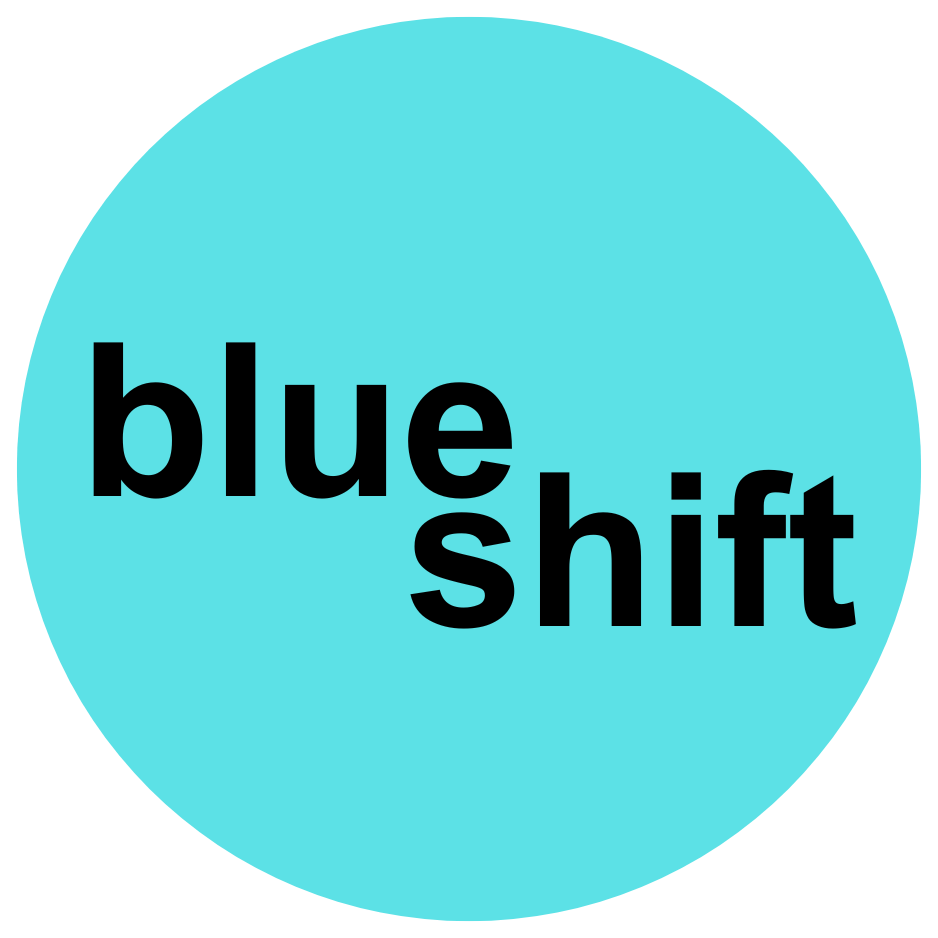about
Launched in 2021 by Diane Drubay, Blueshift is a curatorial research space exploring the role of environmental art as a catalyst for climate action. Through the curation of exhibitions, both virtual and in person, the building of a focused art collection, and the hosting of public conversations, Blueshift reveals the many ways contemporary artistic practices can foster ecological awareness and agency.
Each initiative forms a strand of ongoing research into how artists working with ecological themes and often using emerging technologies can spark shifts in perception, behavior, and collective action toward sustainable futures.
Blueshift began with the creation of an environmentally focused art collection on the Tezos-based platform hic et nunc in March 2021. This marked the start of a series of experiments, discussions, and curatorial investigations, initially under the name Arteztic, that unfolded across 2021 and 2022, exploring the potential of networked, digitally mediated practices to deepen environmental engagement.
Contact us if you're interested in co-curating an ecologically focused exhibition, in reducing the environmental footprint of your show, or in including environmentally engaged artists—working across media—in your collection.
Each initiative forms a strand of ongoing research into how artists working with ecological themes and often using emerging technologies can spark shifts in perception, behavior, and collective action toward sustainable futures.
Blueshift began with the creation of an environmentally focused art collection on the Tezos-based platform hic et nunc in March 2021. This marked the start of a series of experiments, discussions, and curatorial investigations, initially under the name Arteztic, that unfolded across 2021 and 2022, exploring the potential of networked, digitally mediated practices to deepen environmental engagement.
Contact us if you're interested in co-curating an ecologically focused exhibition, in reducing the environmental footprint of your show, or in including environmentally engaged artists—working across media—in your collection.
objectives
- Raise awareness of the potential for environmentally engaged art to inspire climate consciousness and action
- Support and amplify the work of artists exploring ecological themes and more-than-human perspectives
- Advance curatorial research through exhibitions, editorial work, and public conversations
- Build a dedicated online platform for showcasing environmentally focused artistic practices shaped by emerging technologies
we believe
Art collection fuels impactful artistic practices, motivates artists & supports aligned NGOs, fostering positive change. Therefore, all artworks presented can be bought directly from the artist.
our research
How can art activate climate action?
Environmental art does more than raise awareness.
It can shift perspectives, spark engagement, and inspire real-world change. Our research explores how artists working with ecological themes and digital tools can transform spectators into participants.
Utilizing its extensive outreach power, can we see impact and action as the main functions of environmental digital art?
Environmental art does more than raise awareness.
It can shift perspectives, spark engagement, and inspire real-world change. Our research explores how artists working with ecological themes and digital tools can transform spectators into participants.
Utilizing its extensive outreach power, can we see impact and action as the main functions of environmental digital art?
name
"Blueshift" invites to shift our perspective to the our Planet Earth. It is a direct response to the call for action shared by Marv Recinto in this article, and a reference to The Shift Project inviting our current system to move away from the carbon economy.
co2 impact
This website has been optimised for low co2 emissions (system font, priority to text, low resolution visuals, no video hosted, dark background, and more). Only 0.12g of CO2 is produced every time someone visits it. Learn more about it here.
